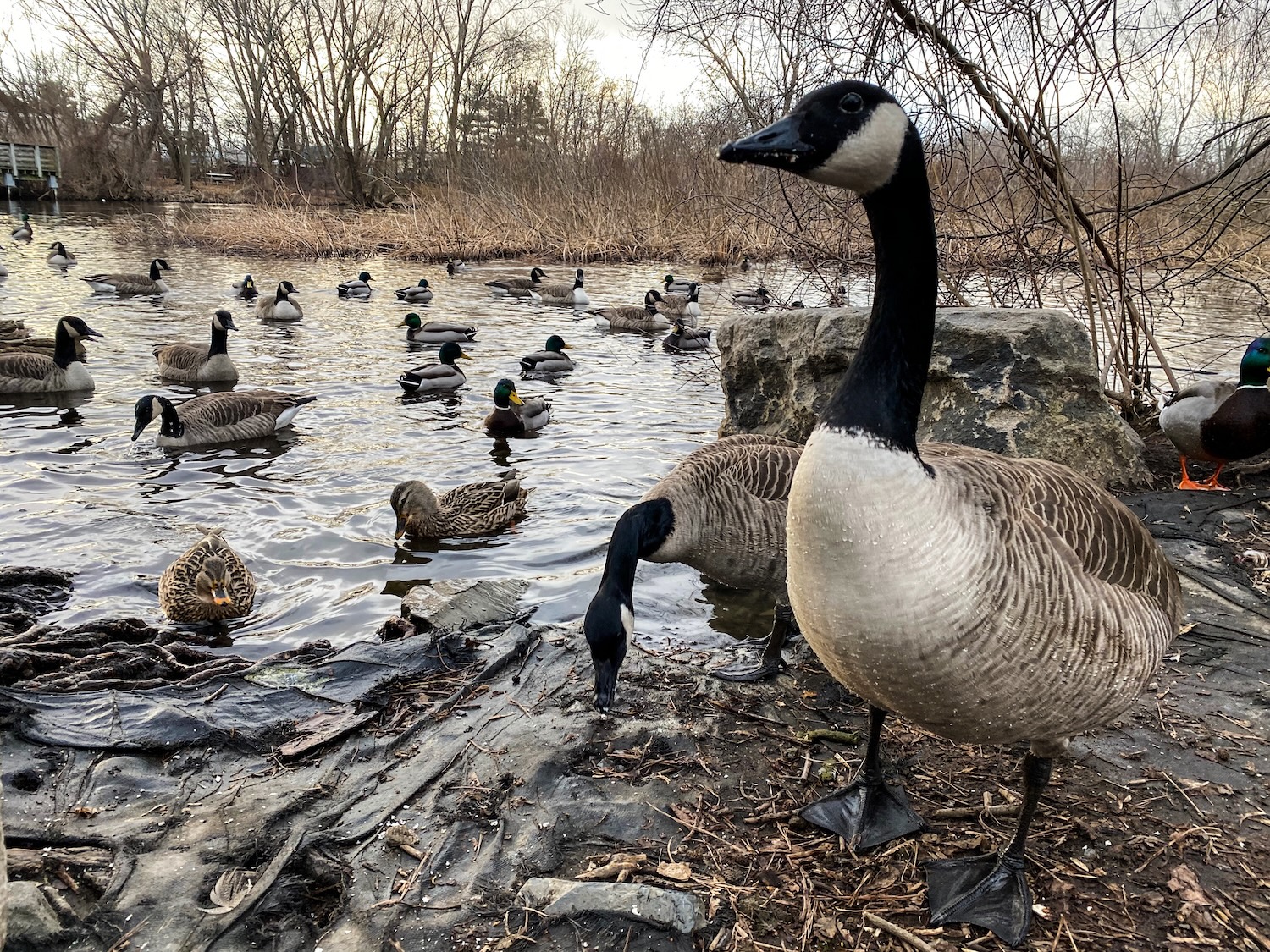
By Greg Goodell, DVM, The Dairy Authority
When the first case of Highly Pathogenic Avian Influenza (HPAI also called bird flu) was diagnosed in a Texas dairy veterinarians everywhere started thinking about how best to treat cows and prevent its spread.
A year of battling bird flu has taught us a lot. We’re saving cows. But you’ve got to be ready to spring into action when that first positive test comes back for your dairy.
In December 2024 the USDA announced a National Milk Testing Strategy (NMTS) to test milk at processors, and on farm if needed, to detect and eradicate bird flu. Some states, such as Colorado, had already started mandatory bulk tank testing on farm. In Colorado bulk tank testing was instrumental in identifying herds with the virus early, before clinical cows appeared.
Once that first positive bulk tank test comes back you have about 7-10 days before cows show up in the hospital pen. That’s valuable time to prepare and develop a plan for how you will care for a lot of cows at once. About 2-3% of the herd will require treatment each day and about 15-25% of the herd will need treatment over the next 6-8 weeks. That’s a lot of cows.
Here’s what we recommend:
- Hospital pen. The hospital pen will not be big enough to accommodate all of the sick cows that need treatment. If possible, expand the hospital pen or convert a milking pen to a hospital pen. You will definitely need that extra space for the first three weeks of the outbreak.
- Set up a treatment plan. Work with your veterinarian to define what treatments will be used on your dairy for mild and severe cases of bird flu. Treatments need to be simple and fast. (For more on this topic, please see the blog “What We Have Learned About HPAI.”)
- Develop protocols. Define the criteria that must be met to move cows out of the hospital area. Is it when cows start to look better, when udder fill begins to return, or when the rumen begins to work again (usually about 3 to 5 days). Work with your veterinarian to set a definition for movement of cows before you see your first clinical case.
- Stock up on supplies. Order additional fluids for rehydration, antipyretic (fever reducer) and antibiotic therapies as soon as a neighboring dairy tests positive, or you have a positive bulk tank sample.
- Drench system. Develop a way to drench many cows quickly. Multiple electronic drench systems, and homemade systems using small sump pumps can work.
- Train employees. You will need double (or more) the manpower in the hospital pen for the first two weeks of the outbreak. Train off-shift milkers to drench cows. Stop breeding cows for a week and use those employees to help deliver supportive care to the cows.
- Use PPE. Anyone treating or working with sick cows should use personal protective equipment. At a minimum, long sleeve coveralls, apron, hat, safety glasses, mask and disposable gloves should be worn.
- Track data. Create an event to track cows in your herd management software. Create treatment protocols and track cows’ symptoms, treatments and progression.
Once HPAI arrives in your dairy the herd will be quarantined. On average, quarantine usually lasts about nine weeks. The first negative bulk tank test occurs about six to seven weeks after the initial case. But often times the next test will be positive. That’s why it takes two negative bulk tank tests in a row to be released from quarantine. No cattle may leave the dairy while under quarantine.
In larger herds, or those with multiple milking facilities or locations, the duration of the outbreak may be longer. It’s unlikely that cows are being reinfected, but the spread of the virus will be slower moving due to the distance between facilities. From what we have seen, once the disease is present in a herd it will go through the entire population of cows regardless of isolation or separation.
In the midst of the outbreak, when cattle are looking extremely poor, the battle may feel overwhelming. But with a coordinated all-out team effort to provide supportive care to cows the results can be amazing. Experience has shown that we can save cows. In Colorado, death loss from HPAI in adult cows has been 1-2%.








